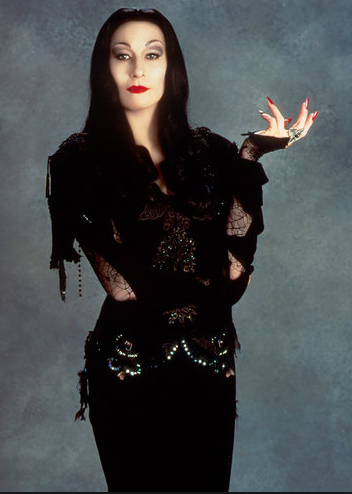
In the beginning of humanity’s existence on this planet, before there was clothing, well, there was perhaps a fig leaf or two. Or not. Some will reason that the fig leaf was only added in religious art because, some people thought that fig leaves were more fashionable than nothing.
Others thought that fig leaves were just an excuse to cover certain parts of the anatomy. Those who had had some experience with fig leaves realized that not only were they extremely limited in size but definitely scratchy and uncomfortable as well. Not to mention difficult to attach to the body back in ancient times before the invention of surgical cement or velcro fasteners. The consumer life of a fig leaf was also quite short, 1-2 hours the norm before it wilted and self-destructed.
More practical fashions were thus needed. The first to realize this were the soldiers of the world. According to legit essay writing service, the early clothing designers were warriors. They possessed all the right ingredients for forceful and innovative design: Position of power, extreme purpose, and access to a generous budget.
A very early soldier design consisted of a painted rib cage on the bare torso. The sight of the ribs glowing was supposed to invoke an instant image of Death and thus intimidate the enemy to surrender. Did it work? Hard to tell, but it was such a popular design motif that it has survived into modern times. The frog closures on soldiers’ vests, coats, are a relique of the painted ribs.
Other designs included scary head gears, the higher and wider the better. Beastly faces, painted and/or carved into masks, were a specialty. Native Americans excelled at feathery head gears, facial and body paintings as well as beast masks, all specifically designed to scare and intimidate the enemy. It proved not to help much against the rifles of the invading European settlers but was a good effort never theless.
Donning the gear, the earliest versions of uniform, if you will, inspired soldiers to want to do battle. This tradition is maintained today in all branches of military service across the world. As soon as the soldier is in uniform he or she is no longer a free thinking civilian but part of a well-oiled machine that thinks and acts as a unit in a specific chain of command. This is intentional, naturally. The word uniform, meaning as one, is therefore appropriate as individual behavior in thinking or action is anathema to the concept of uniform.
For civilians, fashions followed the soldiers’ chain mail, battle armour. Men’s jackets sported puffy shoulders, big sleeves, in medieval times, good for making even a tiny fellow appear wider, more powerful. Headgear with feathers, high crowns made them appear taller. Important in the early days when the average height, as late as the 18th century, of Middle-Europeans f.ex. was around 5′.
What relevance does magic have to clothing today then? We don’t really believe in all that superstitious stuff, do we?
We may not think we do but a quick look in our closets and bathrooms tell us that there must be something to the magic. Why else do we invest in fashionable clothes that suit our particular life style, toiletries that keep us smelling acceptable to our surroundings, etc.? Or, for those who adore vintage dressing, the right kind of vintage suited to our chosen paths in society?
Like the boy who bought his T-shirt and blue jeans only because of the famous name label on them, we believe in the magic of identification with the right brands, the right styles, to attract our individual idea of the right people.
It’s not important that we personally know what we wear. What’s important is that those with whom we come in contact recognize it. And if they don’t? Then it does not matter because they don’t count. It takes one snob* to recognize another, remember?
*snob = abbreviation from the Latin for S.NOB, meaning Sensa Nobilita; Without Nobility. The record keeper monks would enter this term to define donations to the Church from non-titled donors, usually nouveau-rich social climbers anxious to impress the Church with lavish gifts in exchange for cardinalships and other honors.

